Created by Brian Donovan and Ed Herro, ‘The Sticky’ is a unique heist show that focuses on a high-stakes theft carried out in a maple syrup reserve in Quebec, Canada. The tale revolves around three distinct personalities: a maple syrup farmer, a warehouse security guard, and an underdog Bostonian mobster. Ruth Landry turns to unconventional means of reparation after the corrupt Quebec Maple Association and its greedy head, Leonard, threaten to take away her beloved maple tree farm. As a result, she teams up with Mike Byrne, a criminal in desperate need of money, and Remy Bouchard, who happens to be the last line of fire in the Association’s severely under-guarded warehouse.
However, as the trio embarks on this wild ride, unpredictable challenges stand in their way, including a police investigation and a vengeful Boston-based mob. This Amazon Prime Video show presents a look into Canada’s dark criminal underbelly put forth through its unbelievable maple syrup black market. Even though the show’s premise seems outlandish at first glance, its connections to reality remain intriguing.
The Sticky is Loosely Based on The Great Canadian Maple Syrup Heist
Surprisingly enough, ‘The Sticky’ has tangible roots in a real-life crime involving the theft of millions of dollars worth of maple syrup. The true story revolving around the crime — which unraveled between 2011 and 2012 — is one of the biggest thefts in Canadian history and has since been dubbed “The Great Canadian Maple Syrup Heist.” The Québec Maple Syrup Producers (QMSP), who administer the annual limits and production of maple syrup in the city, kept their surplus stock in 2011 at a warehouse in Saint-Louis-de-Blandford. However, the warehouse was starkly lacking in security cameras. As a result, a band of thieves broke into the facility between October 2011 and August 2012 to steal tonnes of syrup without alerting the authorities.
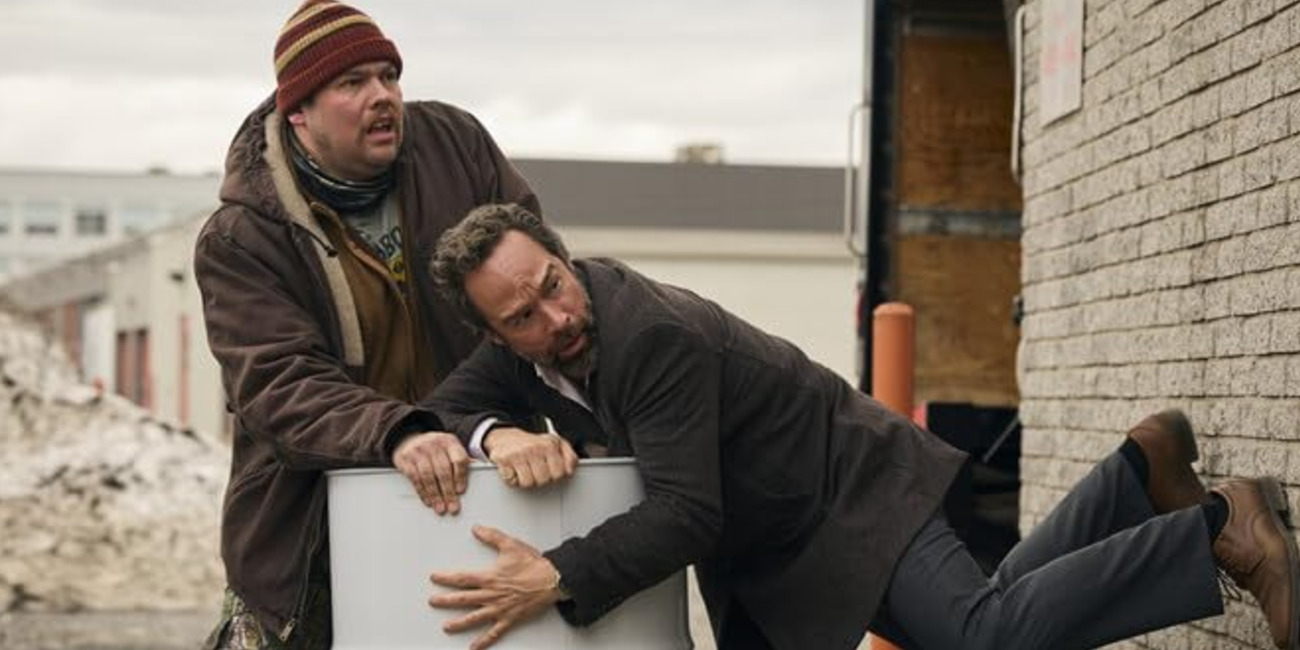
It wasn’t until July 2012 that an annual inspection revealed that hundreds of barrels within the warehouse were empty or filled with water instead of actual maple syrup. Consequently, a police investigation was launched to catch the perpetrators behind this daring crime. Over the course of this investigation, a few specifics were established. Allegedly, Richard Vallières, the ringleader, and his team siphoned the merchandise from the QMSP reserve into their own barrels. The thieves are believed to have used this method to steal 2,700 tonnes of maple syrup over the course of a ten-month-long heist. In the early 2000s, that haul was estimated to be around 18 million dollars. The prime accused in this crime, Richard Vallières, previously sold maple syrup illegally in 2007, for which the QMSP fined him 1.8 million Canadian dollars.
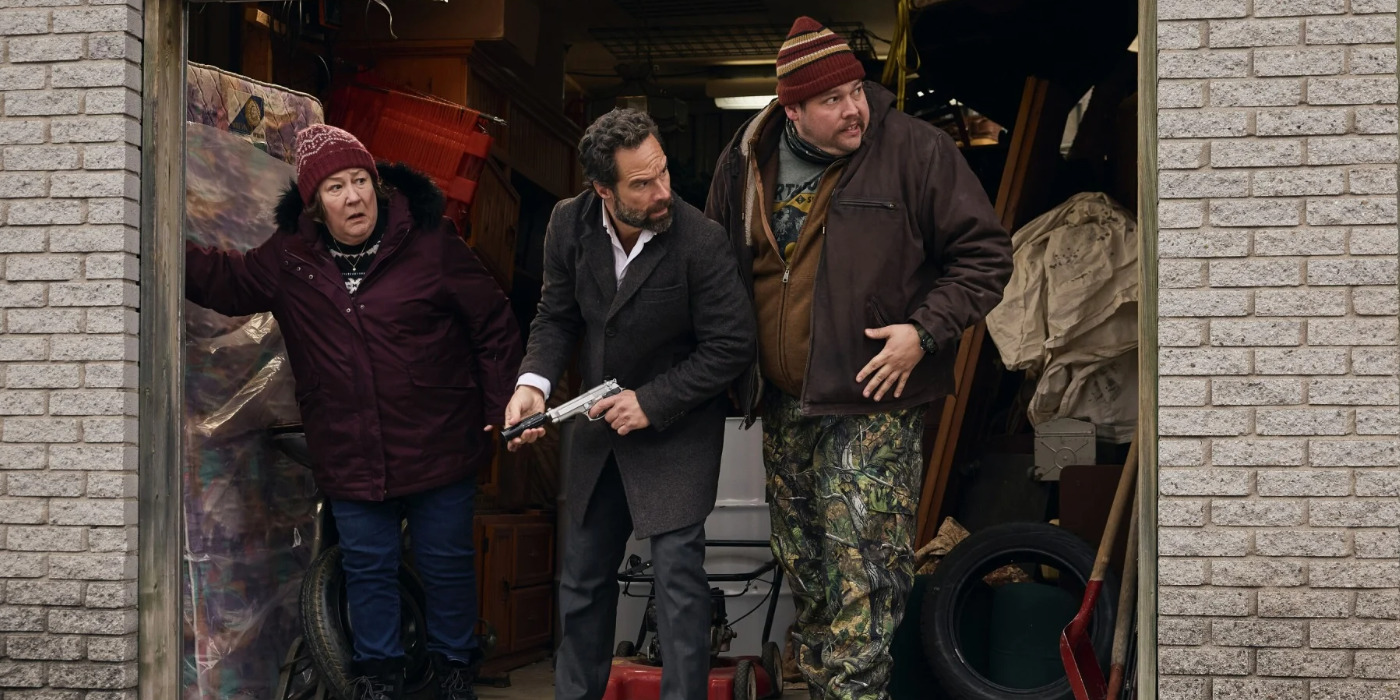
Consequently, Vallières’ motive behind the Saint-Louis-de-Blandford was monetary as well as personal. Reportedly, Avik Caron, the spouse of the warehouse’s co-owner, was one of Vallières’ conspirators. Furthermore, some of his other collaborators claimed that their actions were a result of QMSP’s unfair practices regarding maple syrup producers. In the end, numerous people were arrested, and four, including Vallières, his father, Raymond, Caron, and reseller Étienne St-Pierre, were convicted of the crime. Of the convicted, Richard Vallières faced the longest prison sentence of eight years, alongside a 9.4 million Canadian dollar fine. Eventually, the amount was lowered to 1 million, and the court granted Vallières day parole.
The Sticky Significantly Diverges From Reality
Even though ‘The Sticky’ draws inspiration from The Great Canadian Maple Syrup Heist, the show doesn’t attempt a biographical recreation of the real-life crime. Instead, it simply uses the base details of the heist to pen a mostly fictionalized tale about a trio of criminals and their misadventures. Actor Chris Diamantopoulos, who plays Mike Byrne—the brawns of the operation—in the show, discussed this in a conversation with The Direct. He drew a parallel between the true-story inspiration in ‘The Sticky’ and the way films from the 80s, such as ‘Fargo,’ employed the true story banner for a largely fictitious tale.
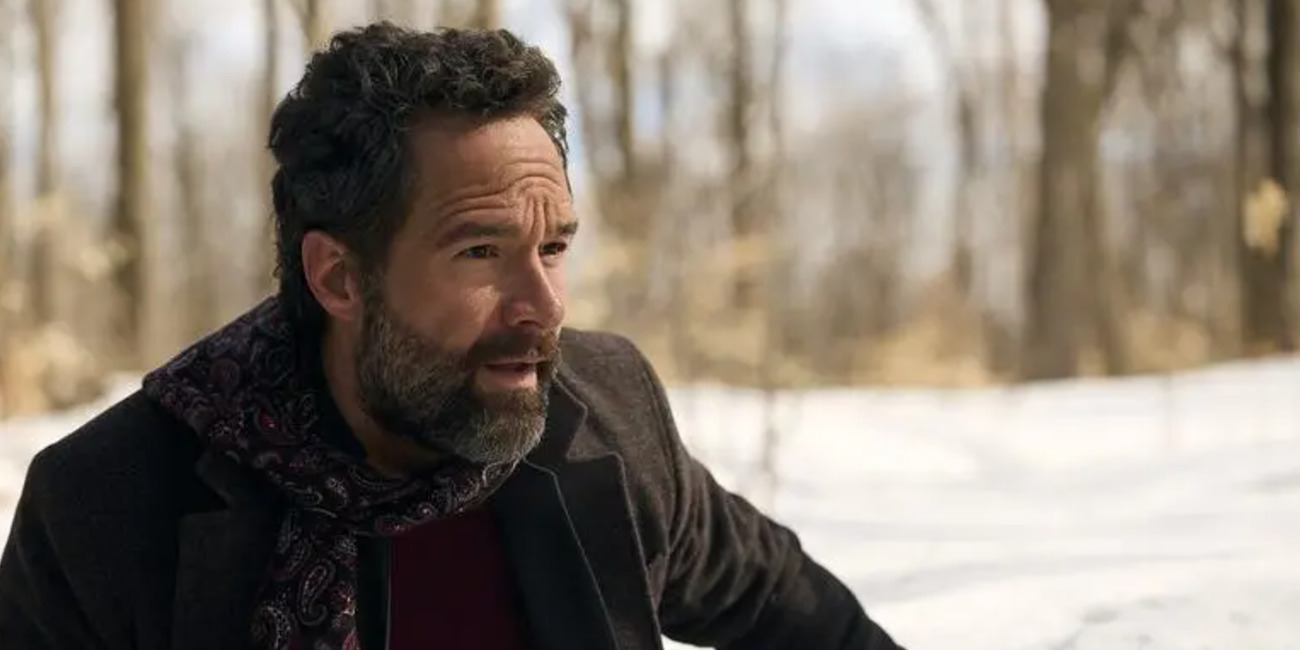
As such, even though a real-life element fuels the show’s base premise, a lot of the storylines that the on-screen narrative equips are works of fiction. For instance, the actual heist itself is watered down to a one-day event with some extensive pre-meditating. Moreover, while the on-screen heist shares many of the same mechanics as the real crime, it allows the characters to refine the plan further to avoid making the same mistakes as their real-life counterparts. Therefore, as the show entangles the maple syrup heist with organized crimes, assassination attempts, and murder charges, it loses some tether to its true-crime inspiration. Consequently, creators Brian Donovan and Ed Herro and their team of screenwriters, including Amelia Haller, Adriana Maggs, and Shannon Masters, can be credited for the bulk of Ruth and her criminal plot lines.
Ultimately, Ruth and her collaborators undertake the same crime as 2011’s Great Canadian Maple Syrup Heist. Nonetheless, the route the characters take ends up freely differing from reality. Thus, in adapting the true crime to the screen, ‘The Sticky’ employs plenty of creative liberty. The same remains most evident in the fictitious narrative elements the show depicts. For instance, the show introduces a Boston mob into the mix, further complicating the central trio’s thieving plans. This results in completely fictitious characters, such as Bo and Charlie of the Devaney Crime Family, who lack any counterpart in the real Great Canadian Maple Syrup Heist.
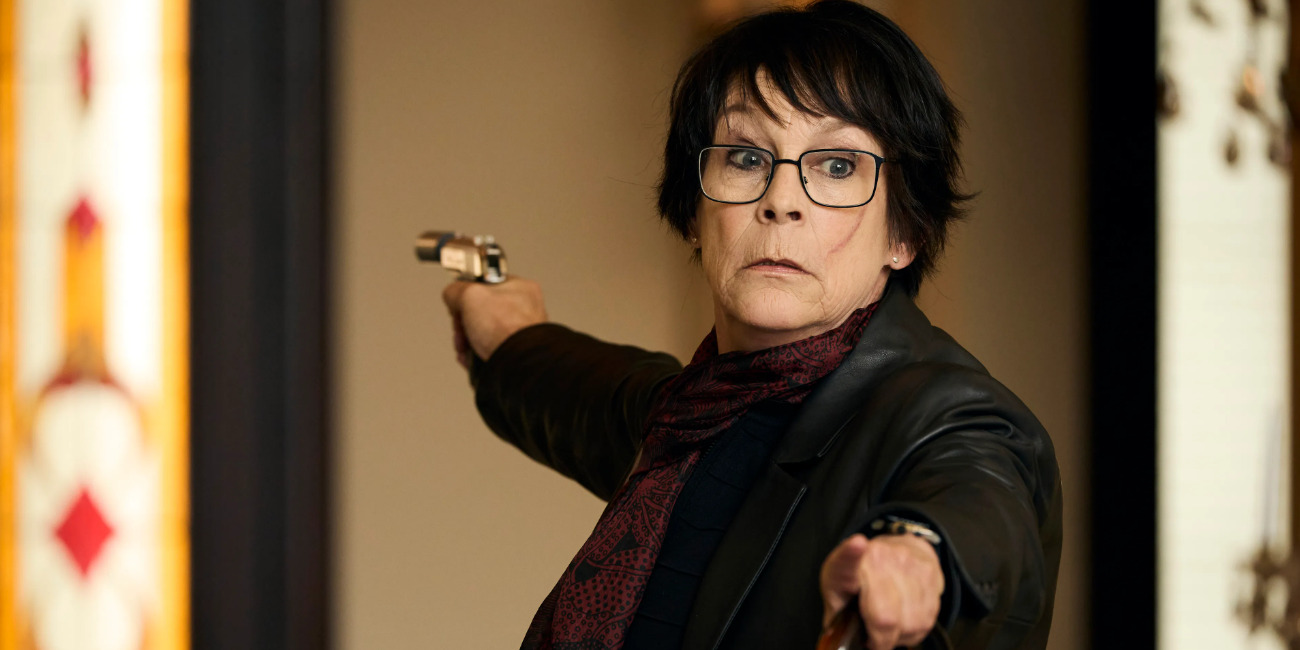
Even so, the film leans into its distinct identity as it explores a fictional take on the dark underbelly of the Canadian maple syrup black market, which inevitably contributes toward efficient world-building. “I just feel like what was set out to be accomplished was to create a world that we haven’t seen before, to create elements of like a mob character (Mike) that when you scratch the surface and realize the level of insecurity,” explained Diamantopoulos in a discussion of the same. “It’s not something we’ve necessarily seen before. We haven’t seen Quebecois characters portrayed like that in a meaningful way.” For the same reason, while ‘The Sticky’ retains its basis in a true story, it also features plenty of dramatized fictionalization.
Read More: Best True Story Movies on Amazon Prime

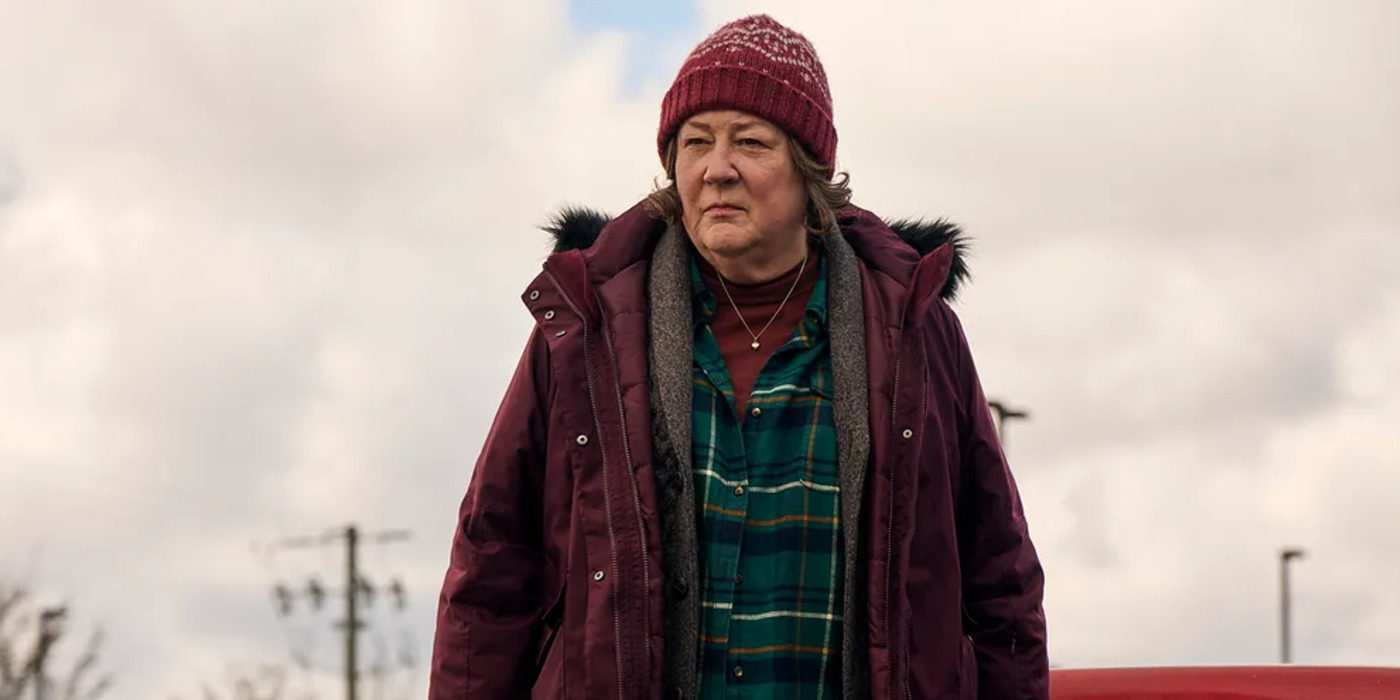
You must be logged in to post a comment.